Before you start work on building a new fence, you must meet the regulations of your local area and acquire a building permit. Meeting your local regulations allows both you and the city to avoid damaging underground utility lines near you. It also ensures your fence doesn’t obstruct public walkways or overhead cables, and that your fence remains a legal distance away from streets and other public property.
Know Your Fence Top To Bottom
Most fences require a foundation to keep them standing upright for years to come, but putting in a foundation means digging through your yard. If you apply for a permit before building a fence, you’ll often be given a warning about where your water lines, electrical lines and so on are, preventing you from damaging public utilities. Damaging these utilities can not only leave your home without but can affect the other homes in the system as well.
Knowing the maximum and minimum height regulations are necessary for the sake of your neighbors and local government, as well. Overhanging power lines and cables are at risk of snagging on overly tall fences, which also provides a risk of damage to public utilities. A fence of exceptional height can block light falling on your neighbor’s property, which can damage grass or gardens and cause unnecessary civil disputes.
Fence regulations also ensure your fence doesn’t encroach on your neighbor’s property. As a standard, most local governments require a fence be back several inches from the property line that divides two neighbors, to avoid encroachment or strife. While this can usually be handwaved if both property owners take responsibility for the fence, this is an exception and not the rule.
The rights of your neighbors can be damaged by fences without extending them across a property line, however. Overly tall fences can affect the day to day temperature of a lawn or property, and in some circumstances even prevent satellite or cell phone signals from arriving clearly. Trees and vegetation near a property line can also interfere with a fence and vice versa, leading to civil disputes that proper regulations can prevent.
Carving Property Lines
Regulations on fence spacing are also important for the sake of public safety. Many fence owners want to encircle as much of their property as possible, but a fence too close to a sidewalk can have a door that swings outwards and obstructs walkways. As a rule of thumb, most areas don’t allow fences to approach walkways or streets enough that it could force pedestrians to enter vehicle lanes or vehicles to veer too close to pedestrians.
Regulating Fence Dangers
It also prevents the use of dangerous materials in the creation of fences, such as barbed wire or electric fencing, where it might be dangerous to children or passerby’s. Where fencing material intended to prevent intrusion like barbed wire is applicable, most areas require it be on the inward side of the fence. This is to avoid tearing the clothing of pedestrians and to prevent harm to citizens who trip or stumble near fences of such a dangerous nature.
A short list of materials banned in most urban environments include:
- Barbed wire. Wire with barbs facing one direction, which are turned inward, is a common exception.
- Electrified fencing is usually approved of only for business purposes or on company property.
- Fences with attached broken glass or other makeshift spikes.
Fencing regulations also act as a guideline for protecting family members, especially children or dogs. Most regulations list a minimal height in order to prevent tripping or harm to children, and safety regulations about the materials a fence are made out of serve a similar purpose. They also offer guidelines for fencing off dangerous areas like ground pools, which help to prevent unsupervised use and harm by children, trespassers, and so on.
In Summary
Getting a permit to build a fence on your property can sound bothersome, but it performs an essential service for you, your neighbors, and the local public. By being aware of fence regulations, you can avoid damaging public utilities. It also prevents poorly planned fences from encroaching on public walkways or neighbors. And knowing what materials are permissible allows you to avoid causing harm to children or passerby’s, which can result in painful lawsuits.

